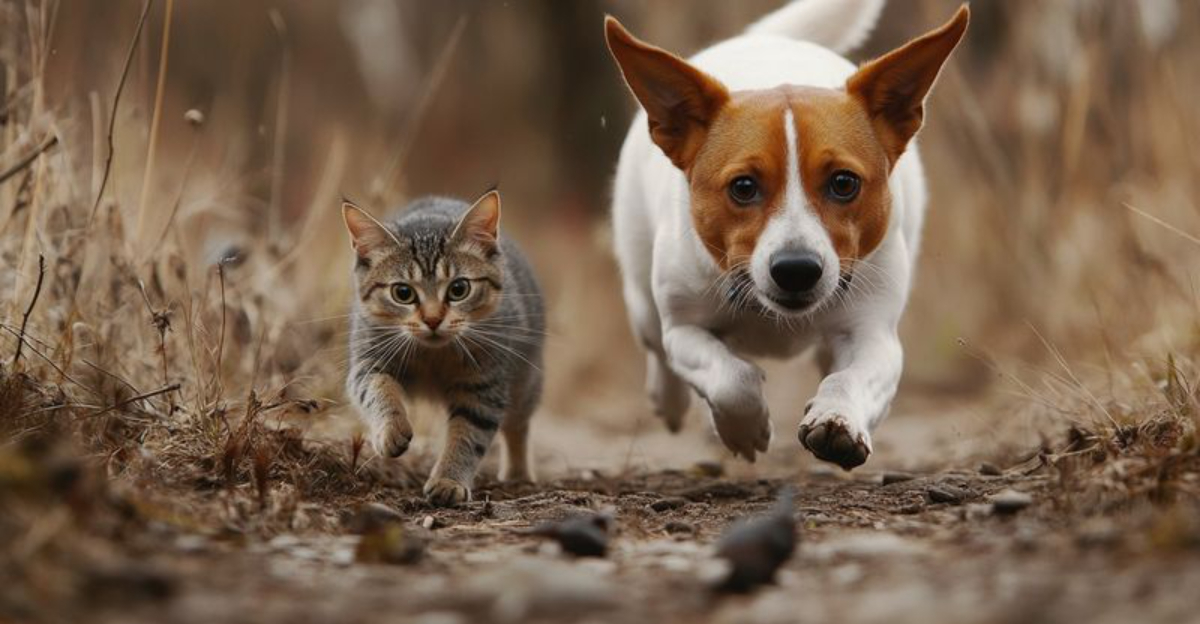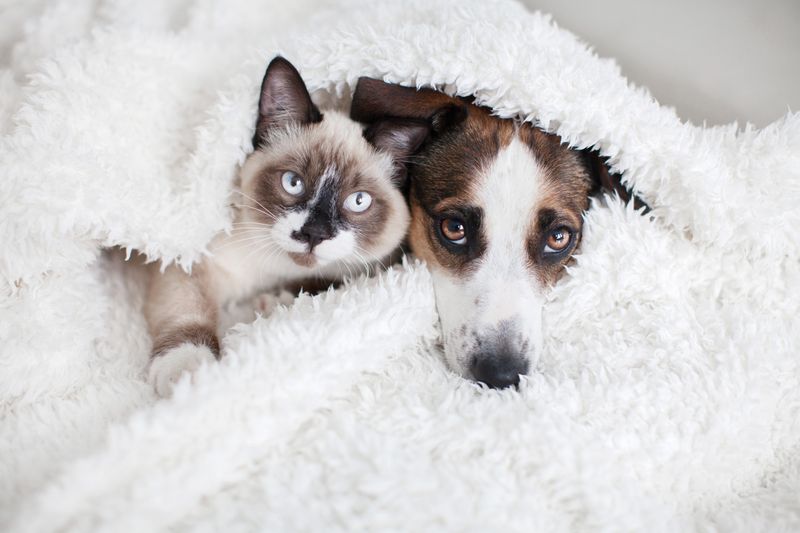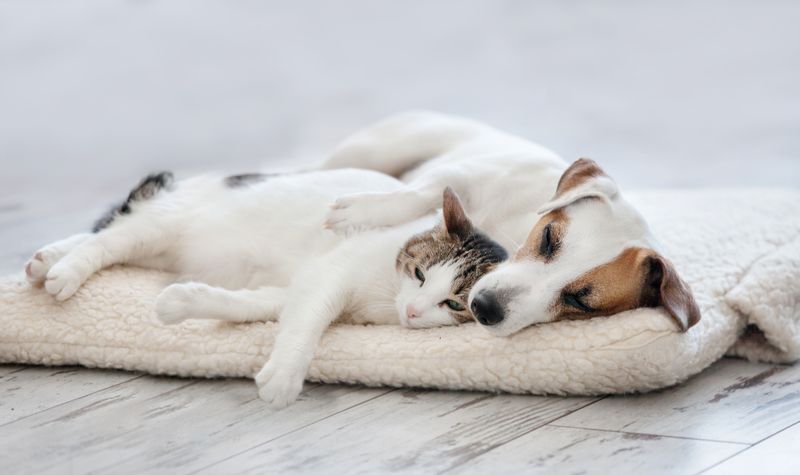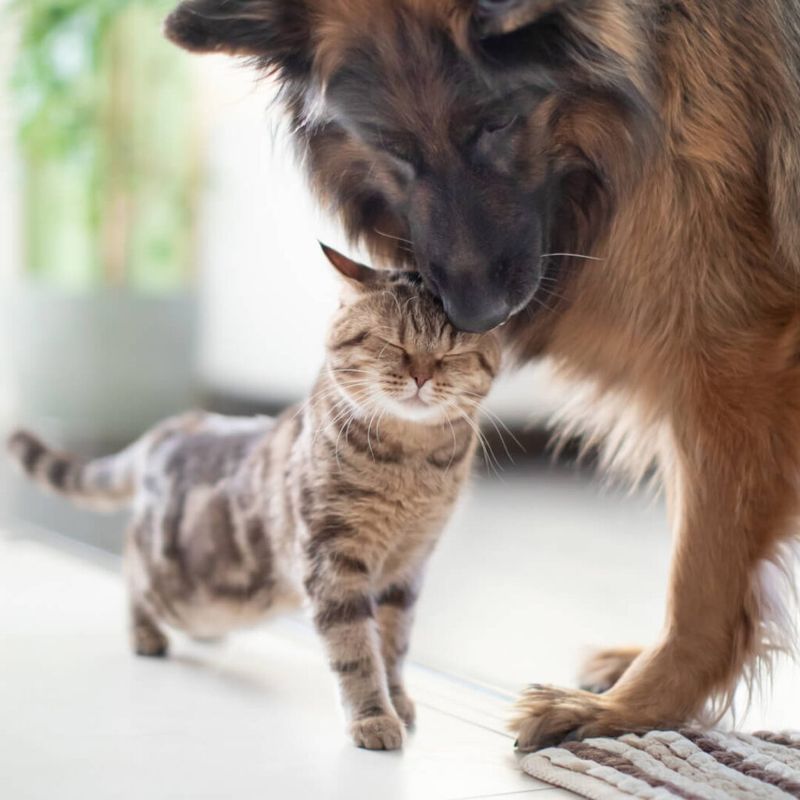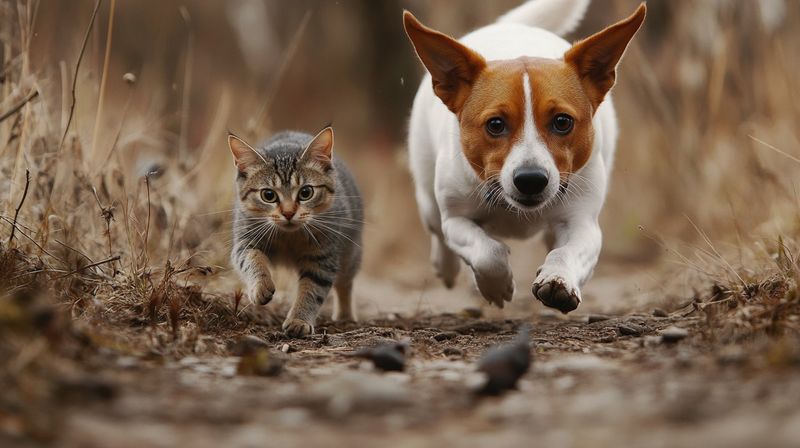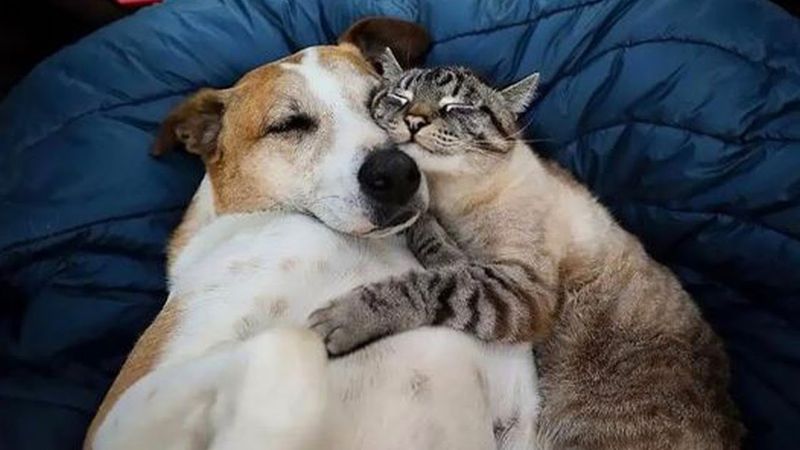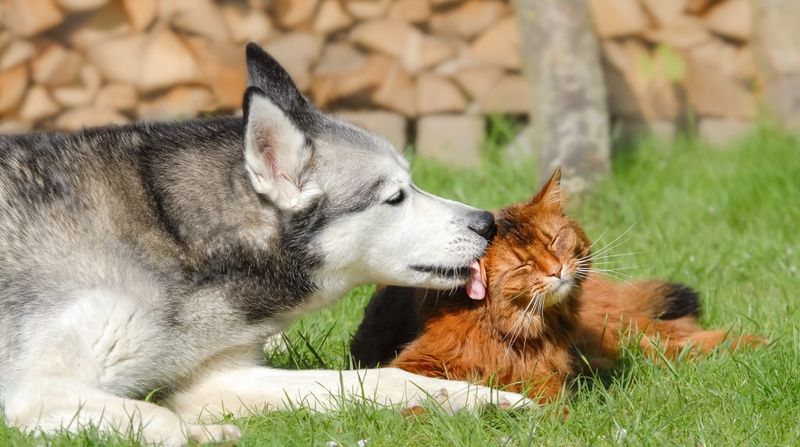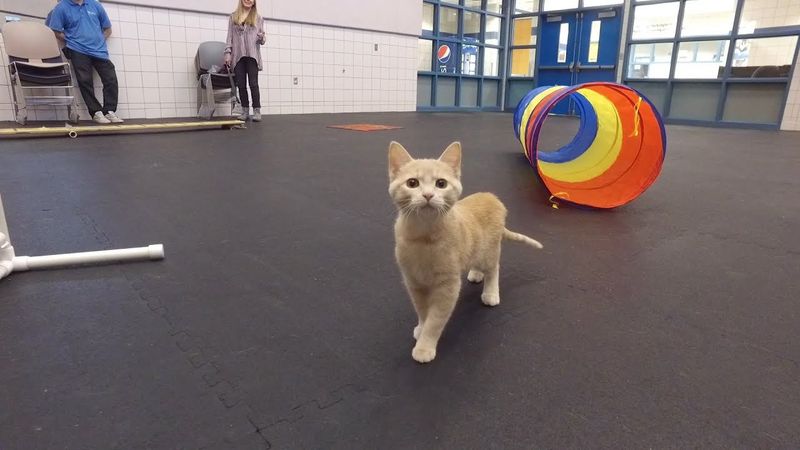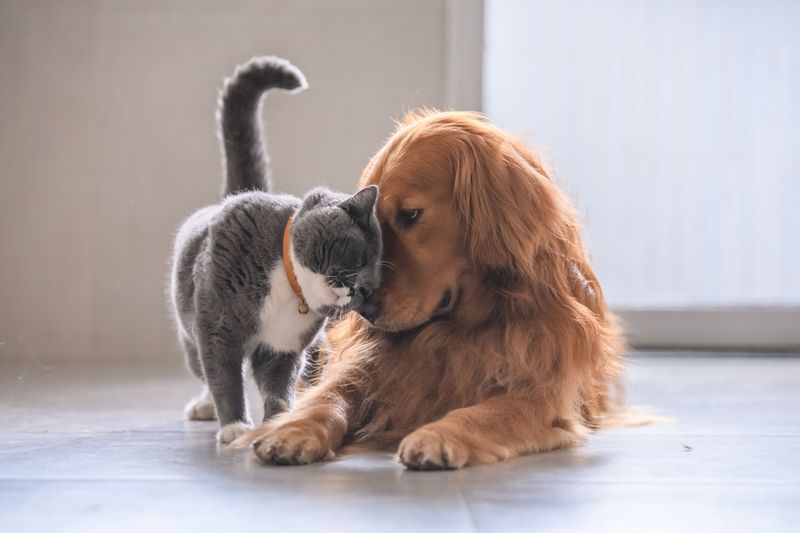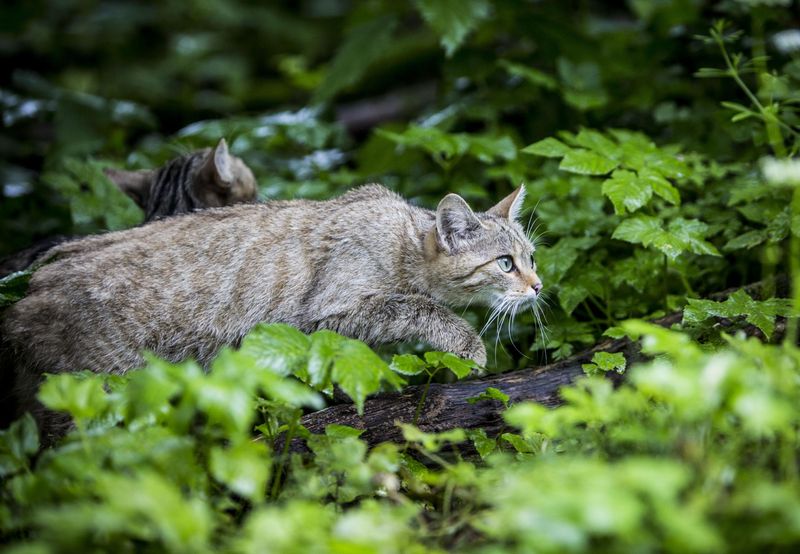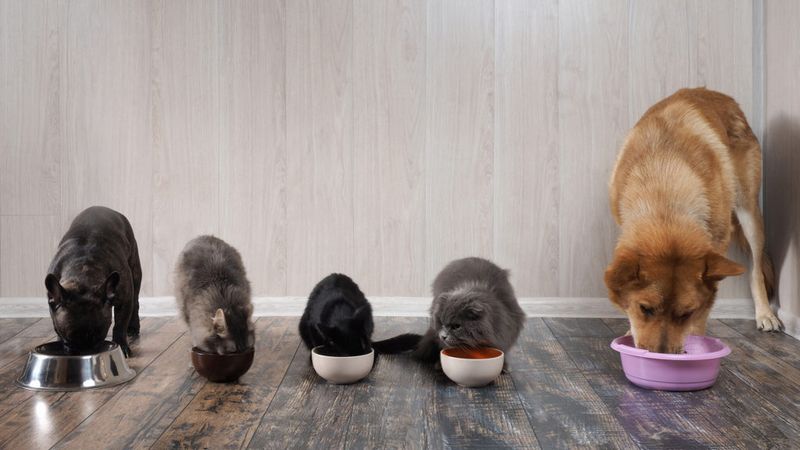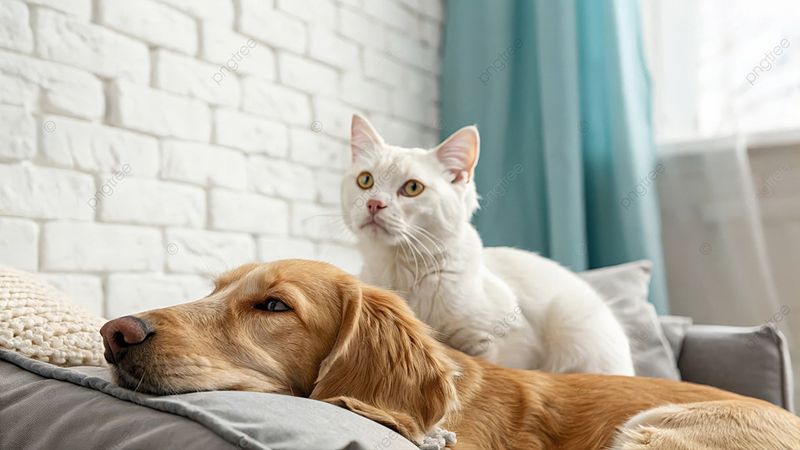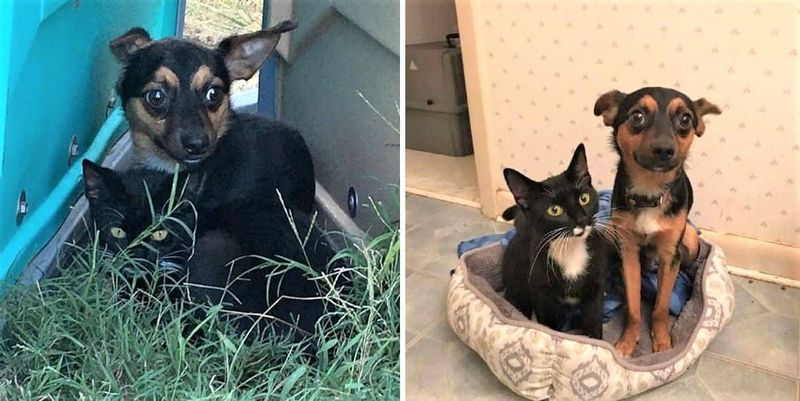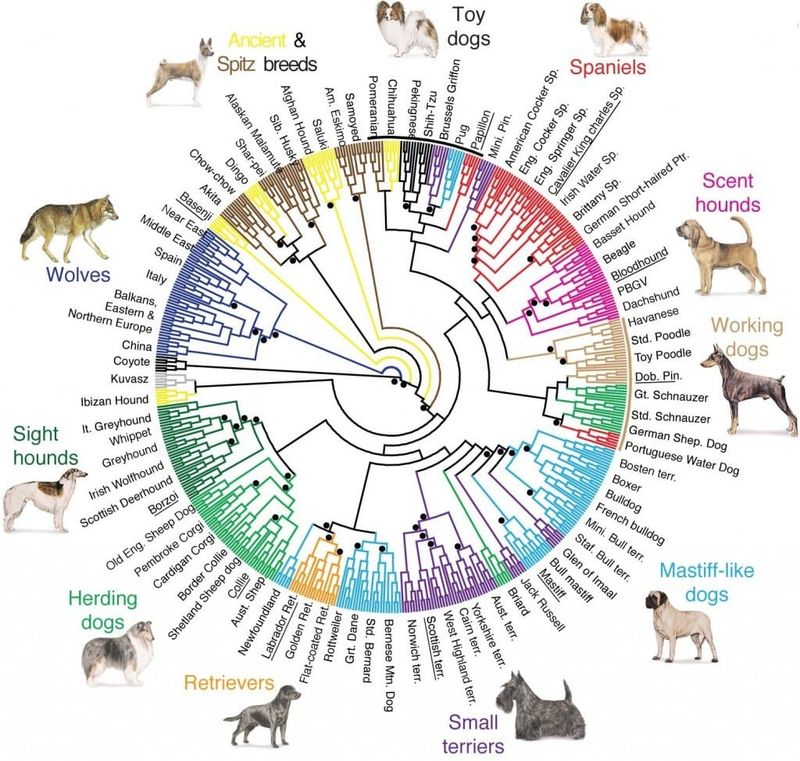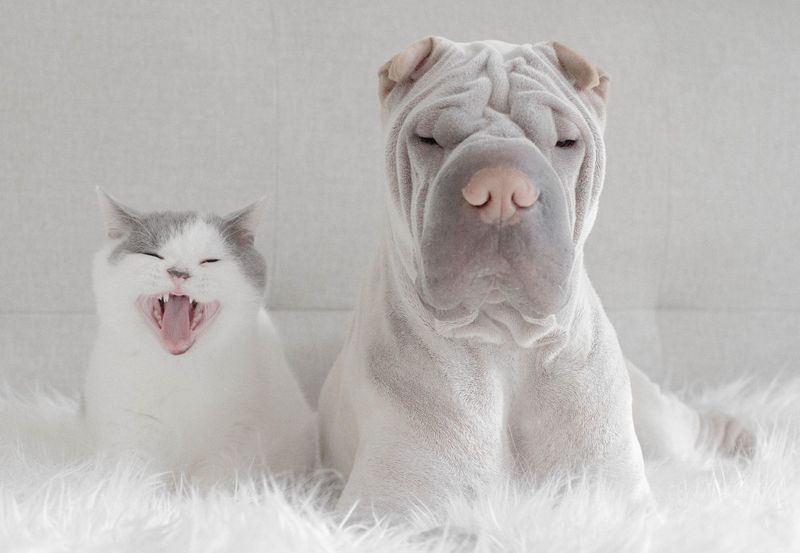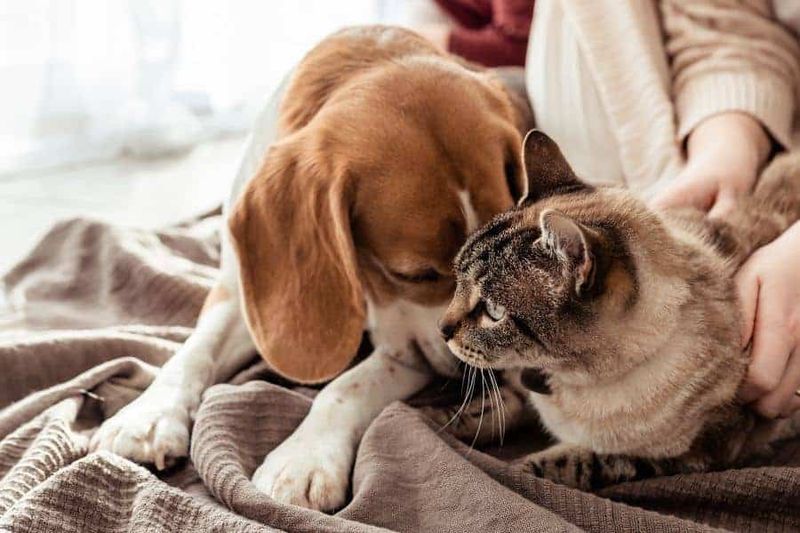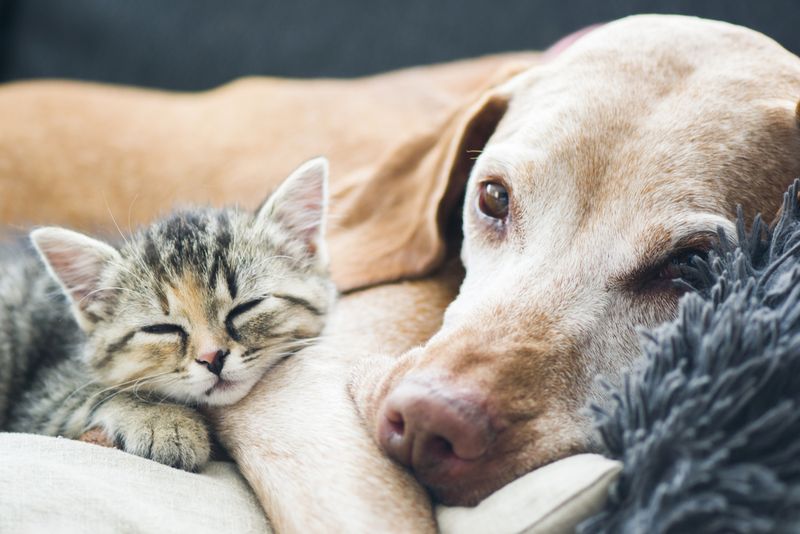📖 Table of Content:
- 1. Playful Personalities
- 2. Loyal Companions
- 3. Expressive Communication
- 4. Natural Hunters
- 5. Adaptable Creatures
- 6. Affectionate Natures
- 7. Sense of Curiosity
- 8. Unique Vocalizations
- 9. Remarkable Agility
- 10. Pack Mentality
- 11. Territorial Instincts
- 12. Dietary Similarities
- 13. Grooming Habits
- 14. Love for Comfort
- 15. Protective Instincts
- 16. Shared Ancestry
- 17. Unique Personalities
- 18. Social Creatures
- 19. Therapeutic Benefits
- 20. Shared Human Love
Cats and dogs are often portrayed as natural adversaries, but this perception overlooks the many surprising similarities they share. From their social behaviors to their dietary needs, these two beloved pets have more in common than meets the eye. This blog post explores 20 fascinating facts that challenge the stereotype of cats and dogs as polar opposites, revealing the unexpected qualities that bring them closer together.
1. Playful Personalities
Cats and dogs are frequently seen as having opposing temperaments, yet they both exhibit an incredible zest for play. A curious cat might chase a laser pointer with as much enthusiasm as a dog chases a tennis ball. Their playful antics not only entertain but also showcase their similar need for mental and physical stimulation. Both animals enjoy games that challenge their instincts, proving that fun knows no species boundaries. Visit any pet owner’s home, and you might witness a furry game of tag. Their lively spirits are a testament to their shared love for life’s playful moments.
2. Loyal Companions
While dogs are renowned for their loyalty, cats also form deep bonds with their owners. Many believe cats are aloof, but these feline friends often choose specific people to shower with affection. A cat’s quiet loyalty may be less overt than a dog’s wagging tail, yet their constant presence speaks volumes. Both pets provide comfort and stability, showing unwavering devotion in their unique ways. Their companionship is evident when they curl up next to a beloved human, sharing warmth and purrs. Loyalty, whether in a purr or bark, is a trait both cats and dogs cherish.
3. Expressive Communication
Communication is key for both cats and dogs, and they’ve developed intriguing methods to express themselves. Cats use a mix of meows, purrs, and body language to communicate, while dogs bark, wag, and whine. Despite these differences, both species rely heavily on non-verbal cues to understand their surroundings. A flick of a cat’s tail or a dog’s attentive stare can convey emotions ranging from excitement to curiosity. Their expressive faces often mirror the feelings of their human companions, creating an unspoken dialogue that transcends words.
4. Natural Hunters
Cats and dogs share an innate hunting instinct, rooted in their wild ancestry. Whether it’s a cat stalking a toy mouse or a dog tracking a scent, their hunting behaviors are remarkably similar. These instincts are not only remnants of their past but also vital for their mental stimulation and satisfaction. While a cat might pounce with precision, a dog may rely on its keen sense of smell to find its target. Together, they demonstrate that the thrill of the hunt is a universal trait, transcending species boundaries and connecting them to their wild roots.
5. Adaptable Creatures
Adaptability is a hallmark of both cats and dogs, allowing them to thrive in various environments. Whether moving to a new home or adjusting to a new family member, both species show resilience and flexibility. Cats might cautiously explore new spaces, while dogs often approach changes with curious enthusiasm. Their ability to adjust to new surroundings demonstrates their shared survival instincts. This trait is essential for living harmoniously with humans, reflecting their mutual ability to cope with life’s changes. Adaptability ensures they remain beloved members of the family.
6. Affectionate Natures
Affection is a language spoken fluently by both cats and dogs, though they express it differently. A cat might nuzzle or groom its companion, while a dog is likely to offer enthusiastic licks and snuggles. Despite their divergent methods, both species value closeness and connection. Their affectionate gestures strengthen bonds not only with their human families but also with each other. Observing a cat and dog share a moment of tenderness reveals their capacity for love. This mutual affection defies the stereotype of enmity, highlighting their shared emotional depth.
7. Sense of Curiosity
Curiosity fuels the adventures of both cats and dogs, driving them to explore their world with wide-eyed wonder. Whether it’s a cat climbing to a high perch or a dog sniffing every blade of grass, their inquisitive natures are strikingly similar. This sense of curiosity keeps them engaged, ensuring their environments are always full of new possibilities. Their shared interest in discovery highlights the joy of exploration, showing that both cats and dogs are little adventurers at heart. They remind us that curiosity is a bridge to understanding and joy.
8. Unique Vocalizations
Cats and dogs have developed distinct vocalizations to express themselves, yet both use these sounds to communicate their desires and emotions. A cat’s melodic purr or urgent meow can convey contentment or a need for attention, just as a dog’s bark or whine can signal happiness or alertness. These vocal expressions, though different in tone, serve the same purpose: to connect with their surroundings and their human companions. Through their voices, cats and dogs share a common language of emotion, enhancing the bond they share with people.
9. Remarkable Agility
Agility is a trait both cats and dogs possess in abundance, manifesting in their fluid movements and athletic abilities. Cats may leap with grace and precision, while dogs exhibit incredible agility in activities like fetch or obstacle courses. These physical skills are not only impressive but also vital for their health and happiness. Both species enjoy activities that challenge their agility, proving that physical fitness is a shared priority. Watching a cat and dog navigate their environment with such ease underscores their natural athleticism and zest for life.
10. Pack Mentality
Despite differing social structures, both cats and dogs exhibit behaviors linked to pack mentality. Dogs are known for their pack-driven nature, forming strong bonds within their group. Similarly, cats, often seen as solitary, engage in social interactions that reflect a community-like structure. Whether it’s a dog pack or a clowder of cats, both species understand the importance of social bonds. Their interactions reveal an ability to cooperate and communicate, highlighting a shared instinct to belong to a group. This social inclination connects them to their wild ancestors.
11. Territorial Instincts
Territorial instincts are strong in both cats and dogs, driven by a need to claim and protect their space. Cats may mark territory by rubbing their scent glands on furniture, while dogs might patrol their yard with a vigilant eye. Although their methods differ, the underlying instinct is the same: to establish a sense of ownership and security. This territorial behavior ensures they feel safe in their environment, fostering a sense of home. By understanding and respecting these instincts, we can better integrate them into our lives, ensuring harmony.
12. Dietary Similarities
Despite popular belief, cats and dogs share several dietary similarities. Both species thrive on protein-rich diets, reflecting their carnivorous ancestors. While cats are obligate carnivores, requiring meat for essential nutrients, dogs also benefit from a diet rich in quality proteins. Their shared dietary needs highlight the importance of providing balanced nutrition tailored to their species’ requirements. Feeding a cat and dog a nutritious diet not only ensures their health but also underscores the similarities in their nutritional needs, bridging the gap between these seemingly different animals.
13. Grooming Habits
Grooming is a vital part of life for both cats and dogs, though they have different approaches. Cats often spend hours meticulously cleaning themselves, using their tongues to maintain fur cleanliness. Dogs, on the other hand, may rely more on human assistance but still engage in self-grooming behaviors like licking their paws. Both species value hygiene, understanding its role in health and comfort. When a cat and dog groom each other, it not only enhances their cleanliness but strengthens their bond, showcasing a shared commitment to care and connection.
14. Love for Comfort
Comfort is a universal desire for both cats and dogs, driving them to seek out cozy spots and soft surfaces. Cats often find snug perches or sunlit areas to nap, while dogs may curl up on plush beds or next to their favorite humans. This shared love for comfort is evident in their daily routines, as they search for the perfect place to relax. Observing a cat and dog bask in comfort highlights their enjoyment of life’s simple pleasures. Their quest for coziness is a reminder of the importance of taking time to unwind.
15. Protective Instincts
Both cats and dogs possess protective instincts, showcasing their roles as guardians. While dogs are often celebrated for their vigilance and loyalty, cats also demonstrate protective behaviors, such as alerting owners to unusual sounds. These instincts are rooted in their natural roles as predators, ensuring the safety of their territory and loved ones. Their watchful nature reveals a shared commitment to security, whether it’s through a cat’s keen observation or a dog’s alert posture. Together, they form an effective team, keeping their home safe and sound.
16. Shared Ancestry
Exploring the ancestry of cats and dogs reveals fascinating similarities. Both species trace their domestication back thousands of years, evolving alongside humans. Cats and dogs were revered in ancient cultures, serving roles that ranged from hunters to companions. Their shared history is a testament to their adaptability and enduring bond with people. Understanding their ancestral roots enhances our appreciation of their roles in our lives today. Whether in ancient temples or modern homes, cats and dogs have always been integral to human society, bridging time and species.
17. Unique Personalities
Cats and dogs are celebrated for their unique personalities, each bringing distinct traits to their human families. From a dog’s boisterous charm to a cat’s quiet wisdom, these animals enrich our lives with their diverse characters. Their individuality is evident in their interactions and preferences, whether it’s a dog wagging its tail in greeting or a cat observing with quiet curiosity. Understanding and appreciating these personalities enhances our bonds with them, highlighting that every pet is a unique being. Their diverse natures bring joy and variety to our lives.
18. Social Creatures
Cats and dogs are inherently social creatures, enjoying interactions with humans and other animals. While dogs are often more overt in their social behaviors, cats also seek companionship, forming bonds with their human families. Their social interactions are crucial for their well-being, offering mental stimulation and emotional satisfaction. A walk in the park or a quiet evening at home can reveal their desire for connection and engagement. By nurturing their social instincts, we foster a harmonious relationship, underscoring the importance of companionship in their lives.
19. Therapeutic Benefits
Both cats and dogs offer therapeutic benefits, providing comfort and emotional support to their human companions. Their presence can reduce stress, lower blood pressure, and enhance overall well-being. Whether it’s a cat purring on a lap or a dog resting at one’s feet, their presence offers solace and peace. These therapeutic qualities are why animals are often used in therapy settings, assisting those in need of comfort. Their ability to heal and soothe is a testament to the profound impact animals have on human health, enriching lives in countless ways.
20. Shared Human Love
The love for cats and dogs transcends cultural and geographical boundaries, uniting people in their affection for these beloved animals. Both species hold a special place in the hearts of millions, celebrated for their companionship and joy. This shared human love is evident in households worldwide, where cats and dogs are cherished family members. Their ability to connect with people from all walks of life highlights their universal appeal. Whether through playful antics or quiet companionship, cats and dogs bring happiness and warmth to any home.
